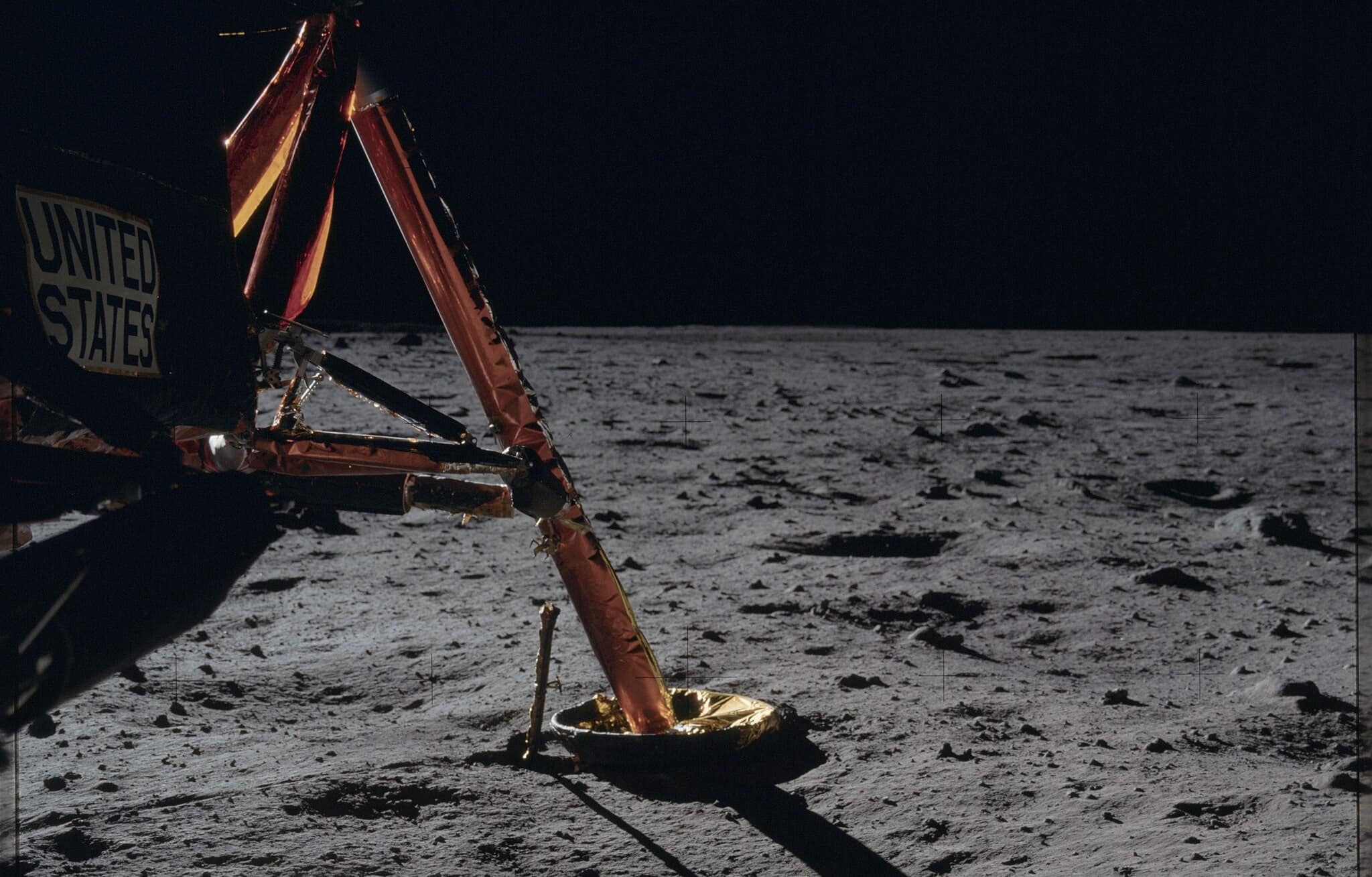
Nearly 50 years after the last human footprint was imprinted into the lunar dust, NASA is preparing to return to our celestial neighbor. This time, they go with even more ambitious plans. The space agency wants to conduct research that could pave the road for future space settlement.
A mini-greenhouse, as part of NASA’s Lunar Effects on Agricultural Flora (LEAF) project, will be carried to the Moon’s surface by the Artemis 3 mission. This experiment, provisionally scheduled for 2026, aims to investigate the feasibility of cultivating crops in space — an essential step toward supporting human life on extraterrestrial planets.
Growing plants on the moon
The LEAF experiment aims to advance our understanding of plant biology in harsh settings. And what better setting is there than the Moon?
Scientists want to discover the secrets to cultivating life in space by studying plant photosynthesis, growth, and stress responses under the peculiar conditions of space radiation and partial gravity. This project is more than just a scientific experiment; it is an essential basis for the long-term ambition of space exploration and settlement. Growing food beyond Earth is critical for deep-space missions and the possibility of constructing permanent bases on the Moon, Mars, and beyond.
The project is led by Space Lab Technologies and includes the University of Adelaide, La Trobe University — all Plants for Space (P4S) partners — as well as the United States Department of Agriculture, University of Colorado Boulder, and Purdue University, with additional analysis to be conducted by the P4S node at the University of Western Australia.
“This research will be a pivotal step toward understanding how we might use agriculture in space to support human crews, paving the way for sustained lunar exploration and even missions to Mars,” said project lead and Space Lab Vice President, Christine Escobar.
It’s not the first agriculture on the moon
While the concept of lunar agriculture may appear futuristic, it is not the first time we have attempted to bring life to the Moon. In 2019, China’s Chang’e 4 mission sent cotton seeds to the far side of the Moon. The first biological experiment on another celestial neighbor was successful as the seeds sprouted just days later. However, LEAF intends to build on these initial advances by offering a complete understanding of plant growth under lunar conditions.
The mission’s broader scientific payload, also includes the Lunar Environment Monitoring Station and the Lunar Dielectric Analyzer. These projects aim to monitor seismic activity and analyze the electric conductivity of lunar dust. Through these projects, we can gain essential insight into the Moon’s geophysical features and environmental challenges.
The implications of successful food cultivation on the Moon extend far beyond dietary needs. The potential for plant photosynthesis-based life support systems offers a glimpse into a future where humans can sustainably live and operate in space. These possibilities, rooted in the LEAF project, are not just about survival in space — they’re about thriving and expanding our horizons beyond Earth.
“The data we capture from the mission, both from the lunar surface and what we learn when we analyze the samples upon return, will help us to design the lunar and Martian crops of the future,” said associate professor of Plant Synthetic Biology at the University of Adelaide and P4S Chief Investigator, Jenny Mortimer.


